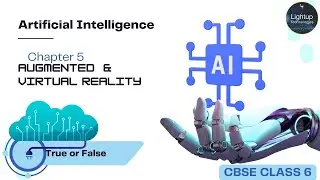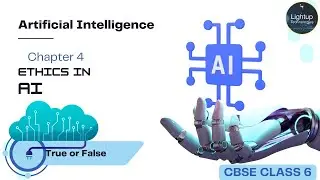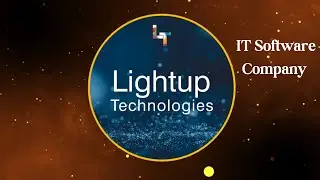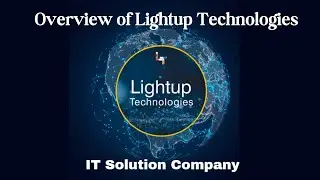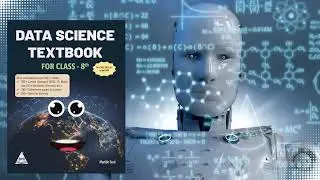Deep Learning Chapter 23 - Deep Learning for Edge Devices and IoT True/False video
Welcome to our "Deep Learning Chapter 23: Deep Learning for Edge Devices and IoT - True/False" video. In this chapter, we dive into the transformative impact of deep learning on edge devices and the Internet of Things (IoT). As deep learning technologies advance, they are increasingly being integrated into edge devices and IoT applications, enabling smarter and more responsive systems. This video explores how deep learning is revolutionizing edge computing and IoT, using a true/false format to help you understand and evaluate these advancements.
We start by introducing the concepts of edge computing and IoT. Edge computing refers to the practice of processing data closer to the source of data generation, rather than relying solely on centralized cloud servers. This approach reduces latency, conserves bandwidth, and enhances data privacy. IoT involves interconnected devices that collect, share, and act on data. The integration of deep learning with edge devices and IoT enables these systems to perform complex computations and make intelligent decisions locally, without relying on distant data centers. We discuss how this integration enhances the capabilities of edge devices and IoT applications. The true/false questions in this section will help you understand the basic principles and benefits of combining deep learning with edge computing and IoT.
Next, we explore the specific applications of deep learning in edge devices. Edge devices, such as smartphones, cameras, and sensors, are increasingly equipped with deep learning algorithms to process and analyze data on-site. For example, deep learning can enable real-time object detection in surveillance cameras, predictive maintenance in industrial sensors, and personalized recommendations on mobile devices. We discuss how these applications improve performance, efficiency, and user experience by leveraging the computational power of deep learning directly on edge devices. The true/false format will guide you through these applications and their impact on edge computing.
We then shift our focus to the challenges and solutions associated with deploying deep learning on edge devices. One of the main challenges is the limited computational resources available on edge devices compared to powerful cloud servers. We discuss strategies for overcoming this challenge, including model optimization techniques such as pruning, quantization, and knowledge distillation. These techniques help reduce the size and complexity of deep learning models while maintaining their performance. Additionally, we cover the importance of energy efficiency and how optimizing deep learning algorithms for low-power devices is crucial for sustainable edge computing. The true/false questions will test your understanding of these challenges and the methods used to address them.
In the context of IoT, deep learning enables enhanced data processing and decision-making capabilities. IoT systems generate vast amounts of data from diverse sources, and deep learning models can analyze this data to provide actionable insights and automate processes. We explore how deep learning is used for anomaly detection, predictive analytics, and intelligent automation in IoT applications. For instance, deep learning models can identify unusual patterns in sensor data to predict equipment failures or optimize energy consumption in smart grids. The true/false format will help you understand the role of deep learning in enhancing IoT functionalities and applications.
We also address the considerations for deploying deep learning models in IoT environments, including data privacy and security. With the increased processing of sensitive data on edge devices and within IoT networks, ensuring robust security measures and protecting user privacy are paramount. We discuss techniques for securing data transmission, implementing access controls, and maintaining data integrity. The true/false questions will guide you through these considerations and their importance in the context of edge computing and IoT.
Throughout the video, we provide practical examples and case studies to illustrate the impact of deep learning on edge devices and IoT. These examples demonstrate how integrating deep learning with edge computing and IoT leads to innovative solutions and improved system performance. By examining real-world applications, you can see the tangible benefits and potential of these technologies. The true/false questions will reinforce your understanding of these practical implementations and their significance.












